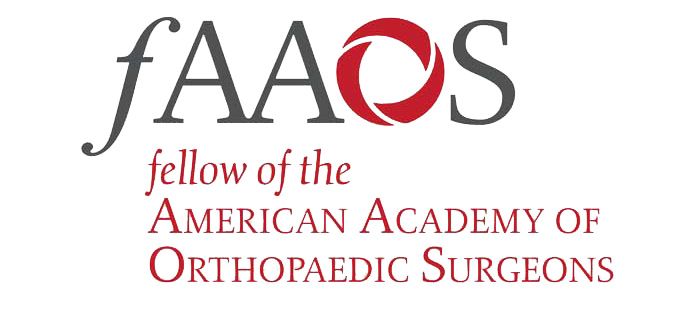Shoulder arthritis, more formally known as glenohumeral arthritis, is characterized by damaged cartilage surfaces within the ball and socket joint of the shoulder. The shoulder joint is both extremely mobile and complex. It is made up of various bones, ligaments, tendons, and muscles that are responsible for its movement. Shoulder osteoarthritis occurs when the cartilage in between the bones wears down, causing the top of the humerus bone to grind against the glenoid (socket). This ultimately causes bone spurs to form within the joint, which further restricts fluid and comfortable movement. Eventually, movement becomes significantly decreased as a result of bone spurs.

Did You Know?
Shoulder osteoarthritis affects around 20% of the older population and is responsible for more than 120,000 shoulder replacement surgeries each year.
Frequently Asked Questions:
Do I have shoulder osteoarthritis?
If you have been experiencing shoulder pain, you may be wondering if you are affected by shoulder osteoarthritis. While only a shoulder specialist can accurately diagnose shoulder osteoarthritis, some signs that you may be affected include:
- pain that comes and goes, but that increases over time
- increased pain with movement
- pain during rest
- pain at night that disturbs sleep
- reduced range of motion
- swelling and/or tenderness in the shoulder joint
- crepitus (clicking or crunching sound) during movement
- atrophy of shoulder muscles
To determine if you have shoulder osteoarthritis and to discuss your options, schedule a consultation with Dearborn & Associates today.
How is shoulder osteoarthritis diagnosed at Dearborn & Associates?
At Dearborn & Associates, we begin the diagnosis process by first obtaining a history of your symptoms and health over the past several years. We will ask you how pain has been progressing, as well as what activities have been affected by the pain. We will also ask you about any past or present shoulder conditions that may increase your risk of shoulder osteoarthritis.
Your doctor will then perform a physical exam of your shoulder and take x-rays of the joint to determine if joint irregularities, bone spurs, or bone erosion is present. In some cases, additional imaging may be required. For example, a CT scan may be performed to determine the extent of bone loss in the glenoid bone, while an MRI may be performed to evaluate the soft tissues around the joint.
How is shoulder osteoarthritis treated at Dearborn & Associates?
At Dearborn & Associates, your individual treatment plan will depend on a number of factors, including your current health and the severity of your case. Mild osteoarthritis is usually treated with rest, strengthening exercises, and non-steroidal anti-inflammatory medications. Moderate cases can be treated using one or more of the following:
- corticosteroid injections
- glucosamine and chondroitin supplements
- viscosupplementation therapy
- platelet-rich plasma (PRP)
Severe cases of shoulder osteoarthritis, as well as those that do not respond well to non-surgical treatments, may require shoulder replacement surgery. During shoulder replacement surgery, the damaged cartilage and joint components are removed and replaced with prosthetics that allow for proper movement. After surgery, the shoulder will be immobilized for about 6 weeks, then physical therapy will be used to rehabilitate the soft tissues. In most cases, recovery takes about 4-6 months.
Schedule a consultation with Dearborn & Associates in Menlo Park & Fremont, CA today to see how we can help you with shoulder osteoarthritis!




